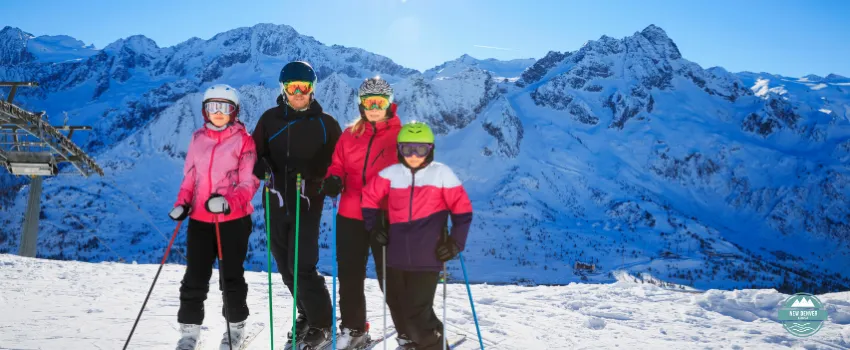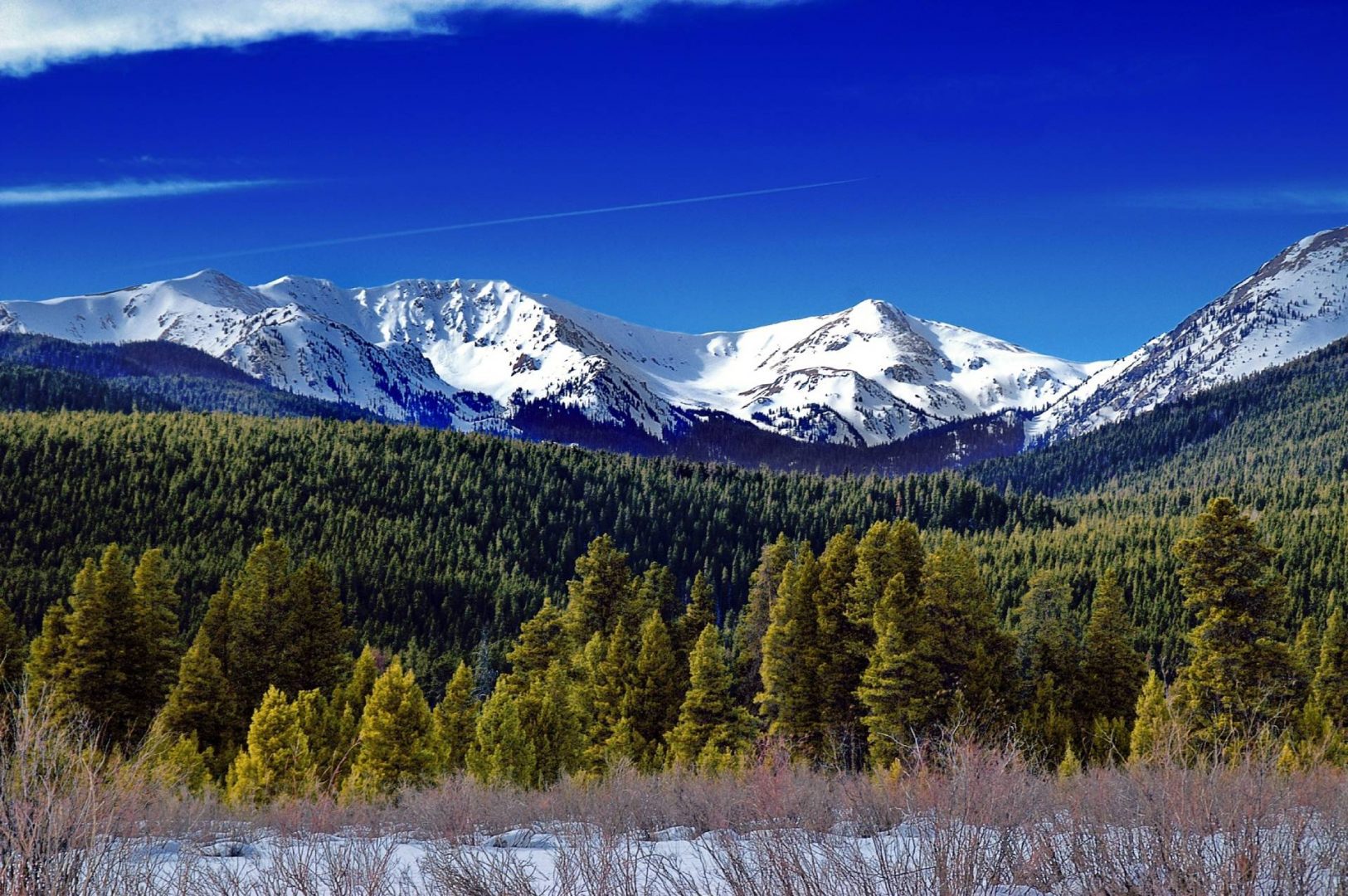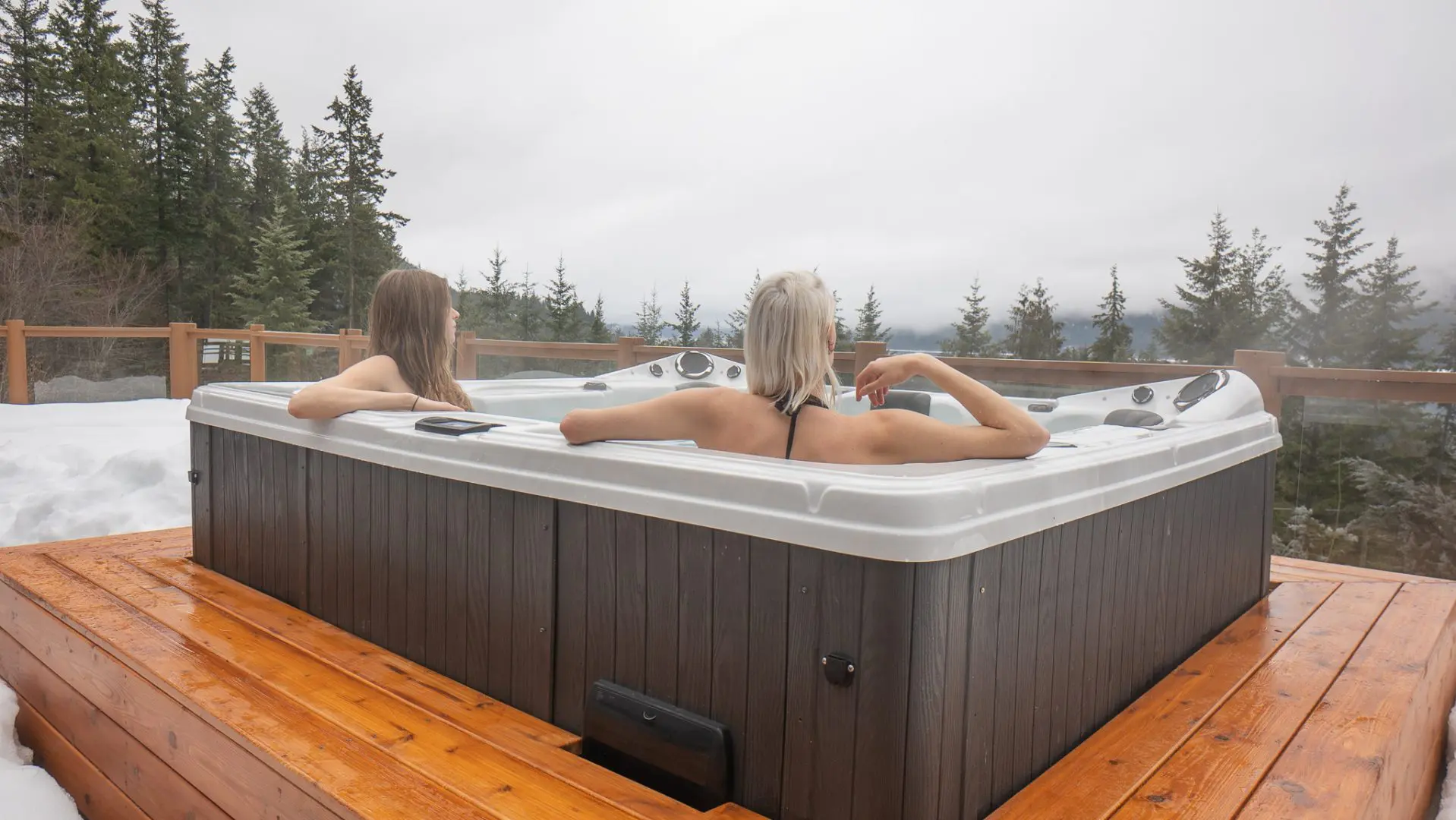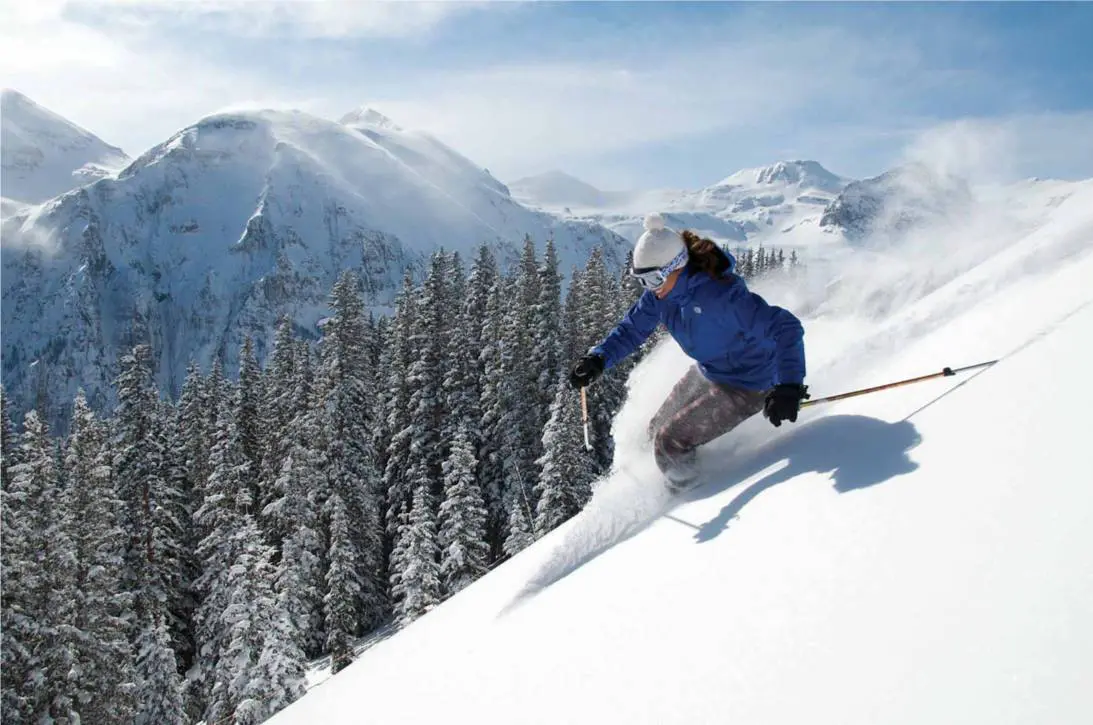Winter is the perfect time to hit the slopes and enjoy outdoor activities like skiing and snowboarding. If you’re planning a family getaway to the mountains, it’s essential to prioritize safety and ensure that everyone has a fun and accident-free adventure.
Whether you’re a seasoned pro or hitting the slopes for the first time, brushing up on skiing safety tips is always a good idea. Let’s explore some essential guidelines to make your winter experience memorable for all the right reasons.
How do most snowboarding accidents happen?
Snowboarding accidents often stem from a combination of factors, including:
- Loss of balance and control – The majority of snowboarding accidents occur when individuals lose their balance or control while navigating downhill. This can result from a variety of factors, including uneven terrain, sudden changes in snow conditions, or the rider’s inexperience.
- Insufficient skill development – Attempting to ride at high speeds or perform intricate tricks without adequate practice can significantly contribute to accidents. Adequate skill development is essential for maintaining control and reducing the risk of mishaps on the slopes.
- Lack of safety gear – Failing to wear proper safety gear is a common factor that exacerbates the severity of accidents. These safety measures act as a crucial line of defense, providing protection against head injuries and minimizing the impact of falls.
What is the risk of snowboarding?
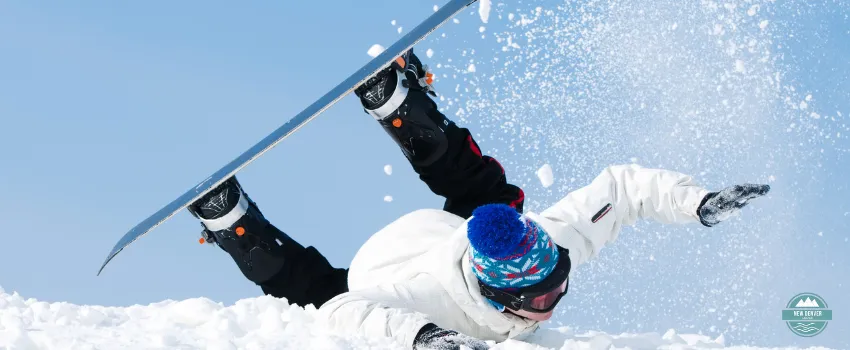
Similar to skiing, snowboarding is a thrilling and high-speed winter sport that comes with its own set of risks. The primary concern in snowboarding is the potential for injuries. When compared to skiing, snowboarding carries a heightened risk of specific types of injuries, including:
1. Wrist injuries
Snowboarders often injure their wrists by instinctively extending their arms to break a fall. To lower this risk, wearing wrist guards is advisable. They provide support and cushioning and reduce the chance of wrist injuries. This makes your snowboarding experience safer and more enjoyable.
2. Head injuries
Although helmets reduce head injury risks, snowboarders face a higher risk than skiers due to the sport’s unique mechanics. Wearing a helmet is crucial, but snowboarders should also take extra precautions and familiarize themselves with all skiing safety tips to minimize the specific risks associated with head injuries during winter activities.
3. Upper body injuries
Snowboarders face an increased risk of upper body injuries, particularly broken collarbones, due to their sideways stance and challenges in protecting their bodies during falls. Strengthening exercises for the upper body and refining falling techniques can help foster a safe snowboarding experience.
4. Concussions
Concussions are a concern in winter sports, and snowboarders face a higher risk due to potential falls during tricks and jumps. It’s essential to wear reliable helmets and gradually develop one’s skills. Maintaining awareness while attempting challenging maneuvers also contributes to a safer family snowboarding experience.
What skiing safety tips will help keep me safe?
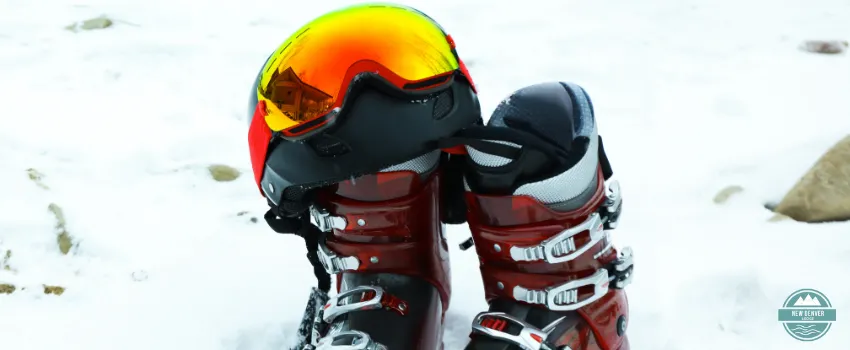
Skiing and snowboarding are thrilling winter sports that offer excitement and adventure. Feeling the wind in your face as you glide down the mountain is undeniably fun, but prioritizing safety is essential. Here are some skiing safety tips to help you:
1. Wear the right gear for safe skiing with your family
Don’t hit the slopes without the proper equipment, especially for family skiing adventures! Wear a helmet to protect your head and goggles to shield your eyes from the sun and glare. Dress in layers to adjust your clothing as needed, and don’t forget your gloves and boots.
2. Take skiing and snowboarding lessons
If you’re new to skiing or want to improve your skills, taking skiing lessons is necessary for secure and safe snowboarding. A professional instructor will teach you the proper techniques, including how to stop, turn, and navigate the slopes safely.
3. Know your ability
Be honest about your skiing ability. Choose slopes that match your skill level, whether you’re a beginner, intermediate, or advanced skier. Trying to tackle a challenging slope without the right skills can lead to accidents, especially during family skiing trips.
4. Stay in control for skiing and snowboarding
One of the keys to safe family snowboarding is staying in control. Ski at a speed that allows you to stop quickly and avoid obstacles. Be aware of other skiers around you and give them plenty of space.
5. Follow the skiing rules for skiing and family snowboarding
Just like driving, skiing and snowboarding have their own rules. To stay safe on the slopes, familiarize yourself with these skiing safety tips and follow them. The most common skiing rule is to yield to the skier downhill from you.
6. Be aware of your surroundings for safe skiing with your family
Pay attention to what’s happening around you, especially when enjoying family skiing outings. Look uphill before starting or merging into a trail to avoid any oncoming skiers. Be cautious near trees and rocks, as well as at trail intersections.
7. Stay away from closed slopes
Closed slopes are off-limits for a reason, which applies to both safe skiing and snowboarding. They may have hidden dangers or be in poor condition, so always obey the signs and stay on the open slopes to ensure your skiing safety.
8. Stay hydrated and take breaks
Stay hydrated and take breaks while skiing with your family. This sport is not just an exhilarating adventure but also a demanding physical activity that can lead to dehydration. Keep yourself refreshed by drinking enough water, and make sure to take regular breaks to rest.
Key Takeaway
Family skiing and snowboarding trips are fantastic opportunities to create lasting memories. But, amid all the excitement, it’s crucial to prioritize safety.
Always remember to wear the right gear, take lessons if needed, and stay in control on the slopes. Also, remember to have fun and enjoy the beautiful mountain scenery while practicing safe snowboarding and skiing with your loved ones!
Experience the best family skiing and snowboarding in BC at New Denver Lodge!
Ready to hit the slopes and make unforgettable memories with your family? New Denver Lodge offers cozy accommodations conveniently close to renowned ski resorts. Enjoy the ultimate snowboarding and skiing in BC while relishing the warmth and comfort of our lodge. Book your stay today and explore the breathtaking beauty of British Columbia!


